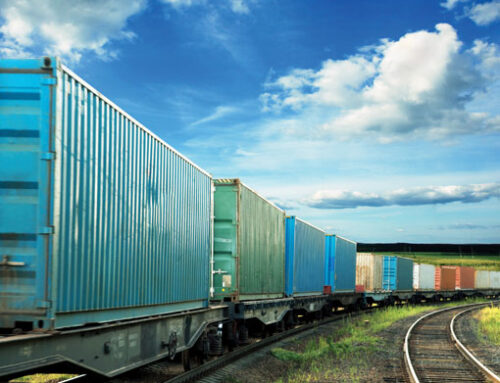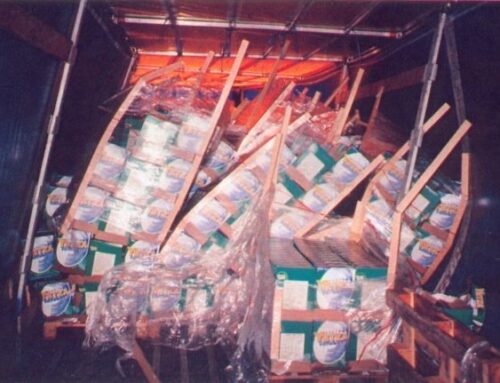Container Cargo Securing in a Nutshell – Part 1
Forces acting on cargo
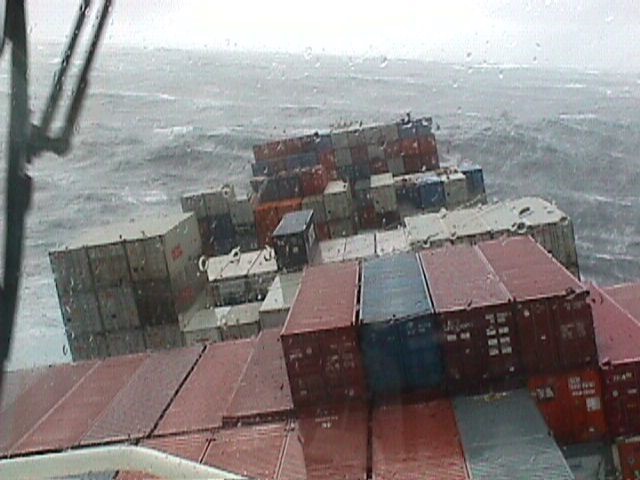
During transportation, your cargo is subject to forces due to acceleration, deceleration or changes in direction.
The magnitude of these forces depends on
- type of transport
- handling, eg. the number of times a container is picked up and dropped
- weather conditions, eg. during sea transport storms will cause considerably greater forces acting than when the weather is calm
In all cases, this leads to loss of money and time, and probably to the loss of confidence of your customer in you as a reliable supplier!
Even if there is no damage to your cargo, insufficiently secured cargo can lead to problems, such as cargoes being rejected and, as a result, of literally “missing the boat” (usually the sender pays for the cost of this delay or the costs that need to be made to re-secure the cargo properly).
The purpose of this series is to provide insight and bringing awareness of the benefits of effective cargo securing. I will provide you with solutions to secure your cargo and I will refute statements such as:
My cargo is heavy and therefore will not move.
My cargo is neatly stuffed into a container, which is safe.
We have plenty of photo and video material refuting such statements. To illustrate, here are a few examples:

Is your cargo secure in your container?

Can your cargo handle a beating?
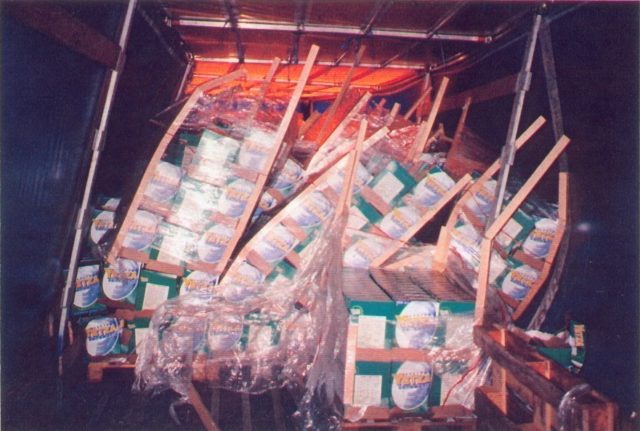
Do you want your customer to receive your products like this?
Forces acting on a cargo
During transport, cargo is subject to forces due to acceleration, deceleration and change of direction. These forces act in all directions and can cause insufficiently secured cargo to slide or tip over. Unnecessary to say that sliding or tipping of valuable cargo can have huge consequences. The degree of acceleration (or deceleration) during normal transport may reach 1g, in which “g” is (the equivalent of) the acceleration as a result of the gravity. g measures about 9.81m/s². The forces acting on a cargo can be calculated by multiplying the mass by the acceleration: F = m * g
Example:
The weight (= mass) of the cargo is 1000kg. The maximum acceleration acting on the cargo during transport is 1g. The force acting on the cargo as a result of this acceleration: F = m * g -> F = 1000kg * 9.81m/s² -> F = m = 9810N

Deca Newton – daN
The force acting on the cargo is commonly expressed in daN – Deca Newton (deca = da = 10). In the example, the maximum force acting on the load equals 981daN, rounded 1000daN. Not completely correct, but popular said it follows that the force acting on a cargo at 1g is equal to the weight of the load. This means that the cargo securing products should be at least as strong as the total weight of the cargo (in all directions)!
The above statement is valid for forces as a result of acceleration up to 1g. In general, 1g can be used for:
For specific means of transport, e.g. transport by road only, it could be useful to calculate with other acceleration coefficients. This might result in other (lower!) maximum forces acting on the cargo thus reducing the number or quality of cargo securing systems to be used thus saving money and time. According to the European Standard for road transport, the EN 12195-1, the maximum forces acting on a cargo are lower. Besides this, the maximum forces differ per direction.
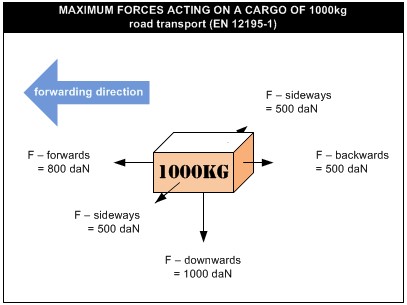
Source: http://ec.europa.eu/transport/road_safety/topics/vehicles/cargo_securing_loads/index_en.htm
When wagons are shunted during rail transport, the acceleration coefficient easily reaches values up to 4g and perhaps even higher! Although the impact moment is quite short during shunting, a different acceleration coefficient does affect the strength of the cargo securing means to be used.
Stay tuned for Part 2 in which I will dig deeper into the effects the forces have on a load during transport.




